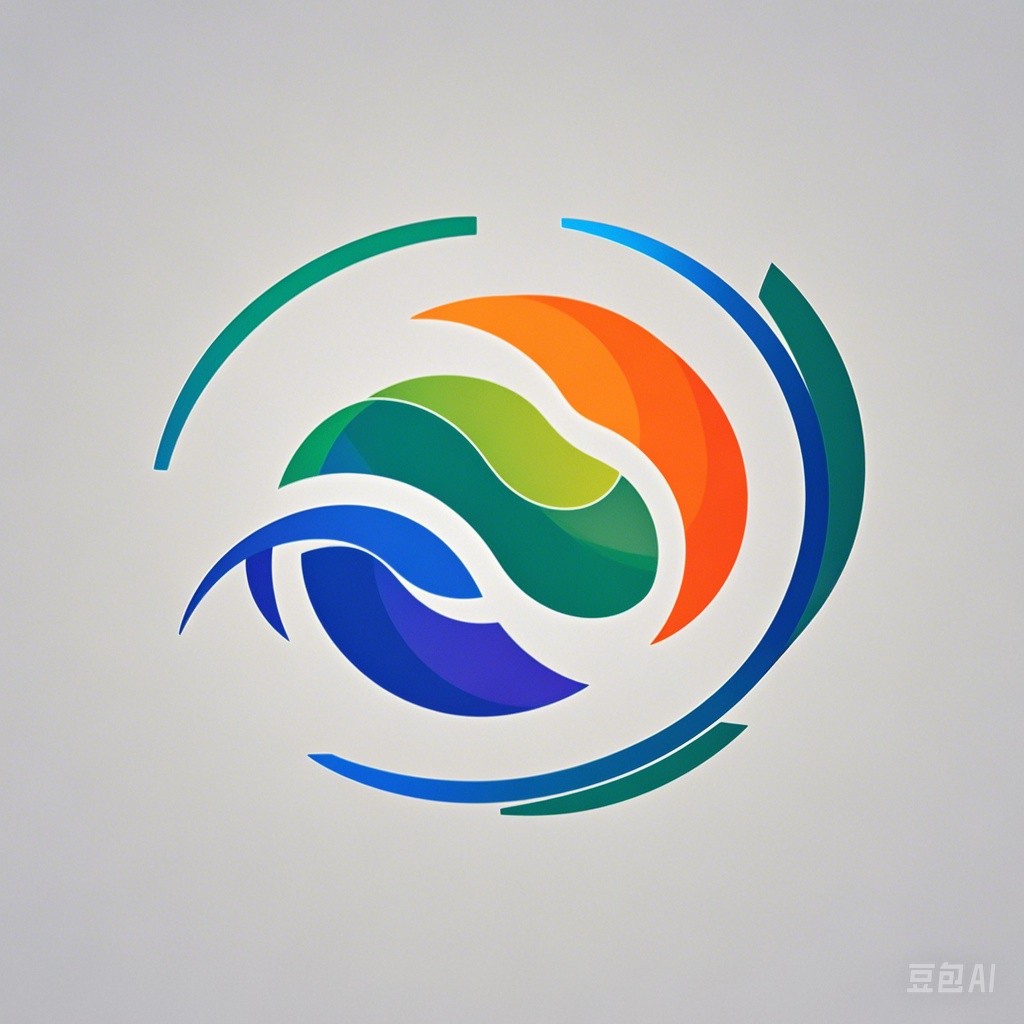Introduction
Water is an essential element of life, and its significance is often celebrated in various cultures and languages. In English, the beauty and joy of water can be explored through literature, poetry, and everyday expressions. This article aims to delve into the various aspects of water in English, from its physical properties to its cultural and emotional connotations.
The Physical Properties of Water
Chemical Composition
Water is a compound of hydrogen and oxygen, with the chemical formula H₂O. It is unique among compounds because it exists in all three states of matter—solid, liquid, and gas—under different temperature and pressure conditions.
Chemical Equation:
2H₂ + O₂ → 2H₂O
States of Matter
- Solid (Ice): Water freezes at 0°C (32°F) and forms a crystalline structure known as ice.
- Liquid: At room temperature, water is in its liquid state, which is essential for life.
- Gas (Vapor): Water boils at 100°C (212°F) and turns into vapor, which is invisible and lighter than air.
Cultural and Emotional Connotations
Literature and Poetry
Water has been a recurring theme in literature and poetry, often symbolizing purity, change, and the passage of time. Poets like William Wordsworth and Percy Bysshe Shelley have written extensively about the beauty of water.
Example:
“Water, water, everywhere, nor any drop to drink.” – Samuel Taylor Coleridge
Everyday Expressions
In English, water is used in various idiomatic expressions that reflect its practical and symbolic importance.
- To quench one’s thirst: To satisfy one’s desire for water.
- A drop in the bucket: A small contribution in a vast context.
- To go with the flow: To adapt to changing circumstances without resistance.
The Importance of Water in Daily Life
Drinking Water
Access to clean drinking water is crucial for human health and well-being. The World Health Organization (WHO) recommends that an adult should drink about 2 liters (68 ounces) of water per day.
Water in Agriculture
Water is essential for irrigation, which is the process of applying water to the soil to support crop growth. Approximately 70% of the world’s freshwater is used for irrigation.
# Example: Calculating the amount of water needed for irrigation
def calculate_water_needed(area, crop_type):
water_needs = {
'cereal': 500, # liters per square meter
'vegetable': 1000, # liters per square meter
'fruit': 1500 # liters per square meter
}
water_needed = area * water_needs.get(crop_type, 0)
return water_needed
# Example usage
area = 1000 # square meters
crop_type = 'vegetable'
print(f"Amount of water needed for {crop_type} irrigation: {calculate_water_needed(area, crop_type)} liters")
Recreational Activities
Water provides numerous recreational opportunities, such as swimming, boating, and fishing. These activities promote physical fitness and mental well-being.
Conclusion
Water is a fascinating and essential element that plays a vital role in our lives. By exploring its physical properties, cultural significance, and practical applications, we can appreciate the joy and importance of water in English. Whether it’s through literature, everyday expressions, or practical uses, water remains a source of inspiration and sustenance.
